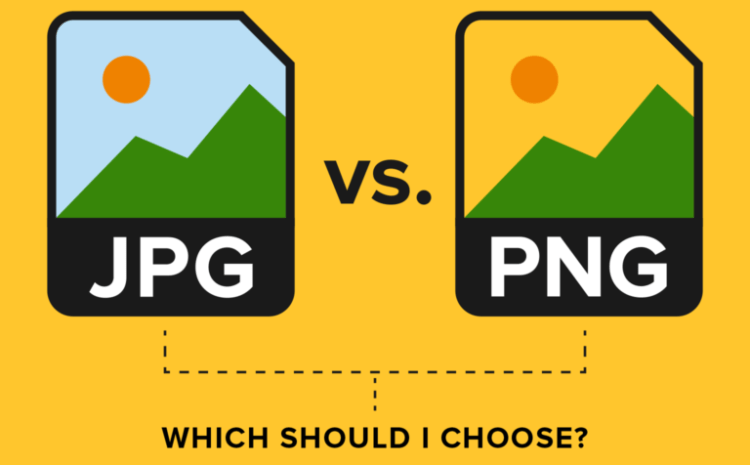When creating a website, make careful to utilize JPG and PNG pictures in the appropriate context. But what is the distinction between the two, and which should you implement in your designs? We’ll go through what they are, how they came to be, and how to utilize them correctly.
When creating a website, make careful to utilize JPG and PNG pictures in the appropriate context. We’ll go through what they are, how they came to be, and how to utilize them correctly. Being a website design company in Dubai, we would like to reveal this here in this blog.
Let’s know more about JPG and PNG :
JPG is a popular compressed image format for storing digital photos. As a result, file sizes are reduced, making image sharing and storage easier. The degree of compression in a JPG file can be adjusted. Picture data can be preserved with compression ranging from minimal to maximal, depending on the user’s preferences.
PNG is an abbreviation for Portable Network Graphics, and it is a raster-based file format. Unlike the GIF file type’s modest 8-bit restrictions, it gives 24-bits of stunning color. This was a significant advancement in the mid-1990s. Through lossless data compression, PNGs provided a universe of colors and colors with a better resolution. Today’s portable network graphics files can also function at 48-bit resolution, which is a significant improvement.
Pros of using JPG images in Web Designing:
JPEGs are best suited for images that would be enormous without compression. Photographs, for example, function best with JPG image files since they have no translucent backgrounds, a lot of distinct colors, and details.
Why not use JPGs everywhere? What are the limitations?
- If you want translucent backgrounds for your photographs, you’re out of luck with JPGs, no matter what you do in Photoshop. JPEGs always have a solid color backdrop.
- A JPG can squish pixels together if there are a lot of textures and other small features.
- If your photographs are intricate, you may need to experiment with different settings to get them to appear correct.
- And, similar to producing a photocopy of a photocopy, the more you compress the same JPEG image, the worse it will seem.
Pros Of using PNG images on Website:
PNG is a great file format for wireframes that have a lot of text and straight lines. They’re also fantastic for taking screenshots. This picture format keeps its excellent quality even when compressed and suitable for complex and simple images.
Why not use PNGs everywhere? What are the limitations?
The problem is the file size. A site design with many PNG files, rather than just a few, will load significantly slower than one with only JPEGs. A slow-loading page can harm a website’s SEO and cause visitors to leave as they wait for the pictures to load. This is especially true if the image file size exceeds 300 KB.
It’s easy to become perplexed about whether to save a file as a JPG or a PNG. JPGs are often recommended for pictures, pictures with a non-transparent backdrop, and other memory-intensive files. In addition, PNGs should be used for graphics, files with translucent backgrounds, and other pictures where clarity and colour vibrancy are vital.
Our website design company Dubai knows it is easy to become perplexed about saving a file as a JPG or a PNG. However, JPGs are often recommended for pictures, pictures with a non-transparent backdrop, and other memory-intensive files. In addition, PNGs should be used for graphics, files with translucent backgrounds, and other pictures where clarity and colour vibrancy are vital.







